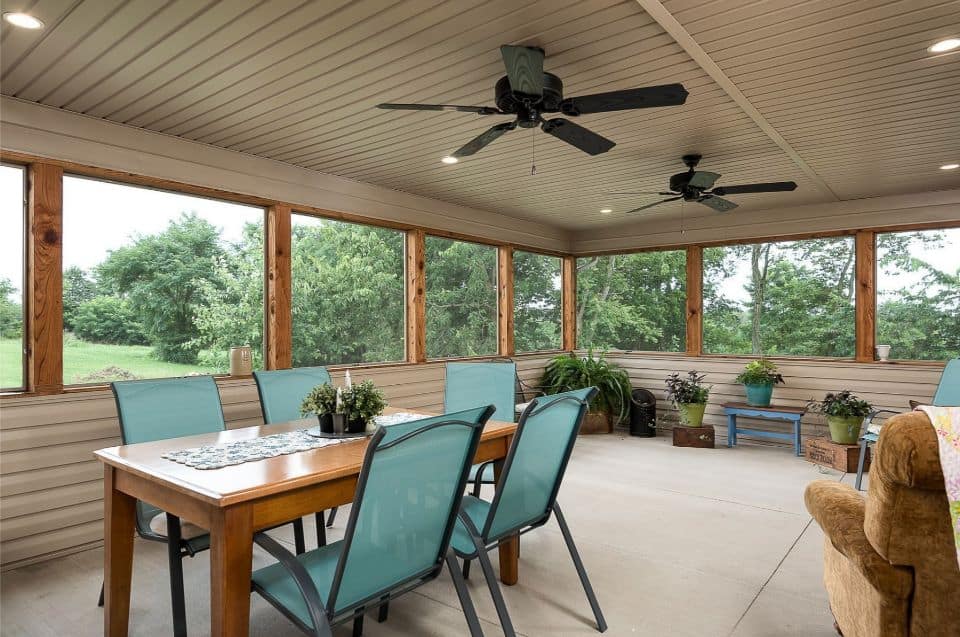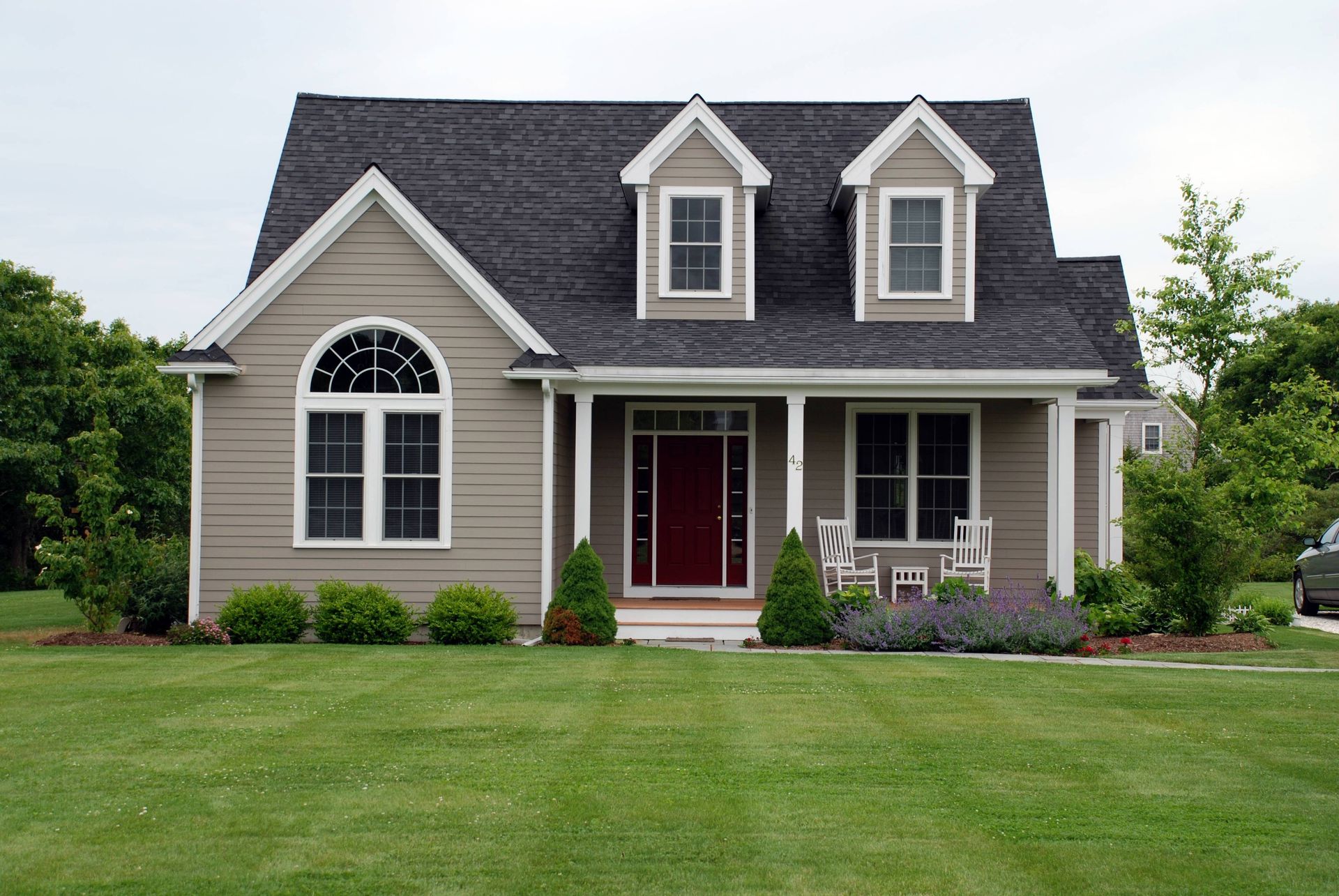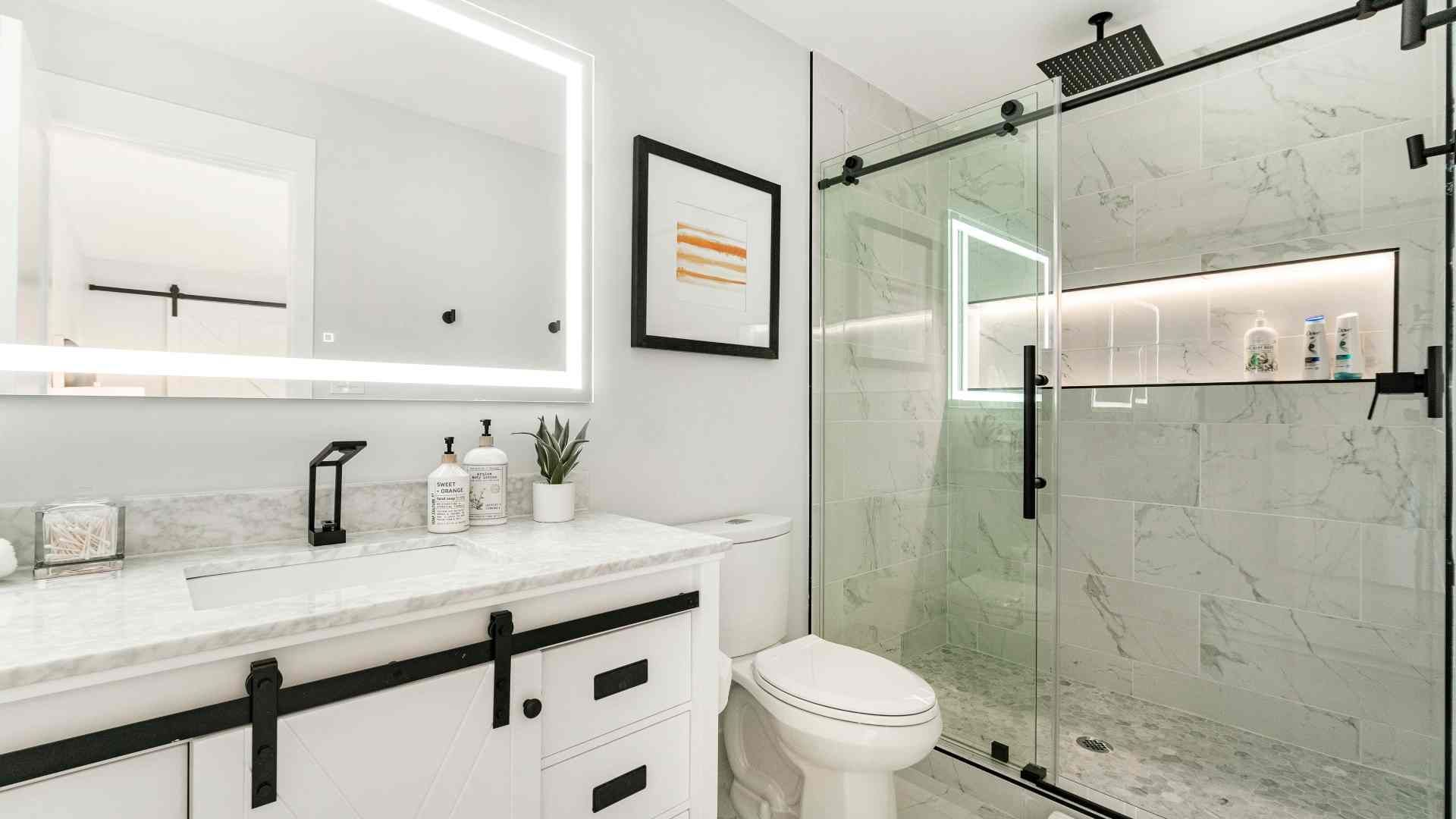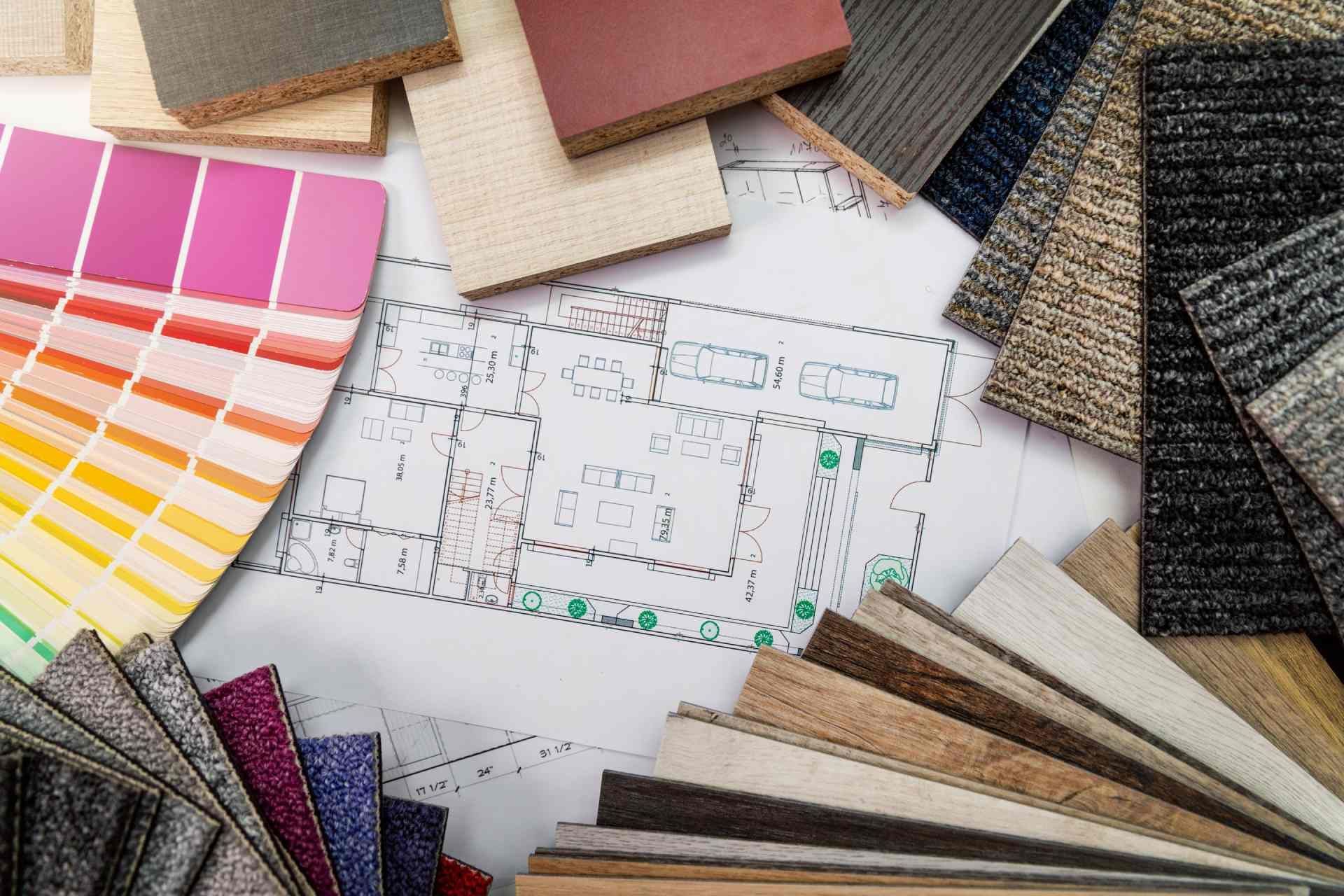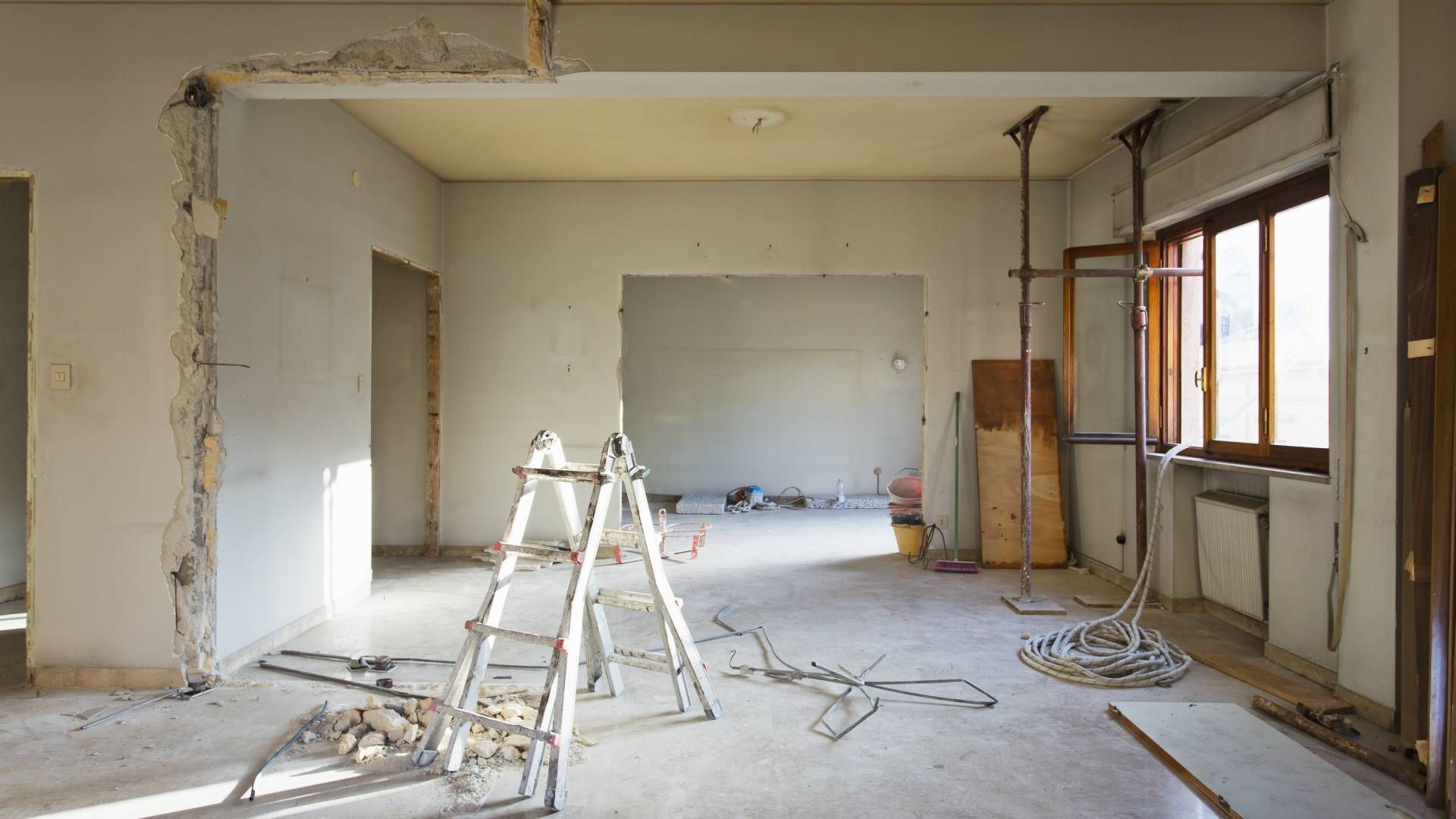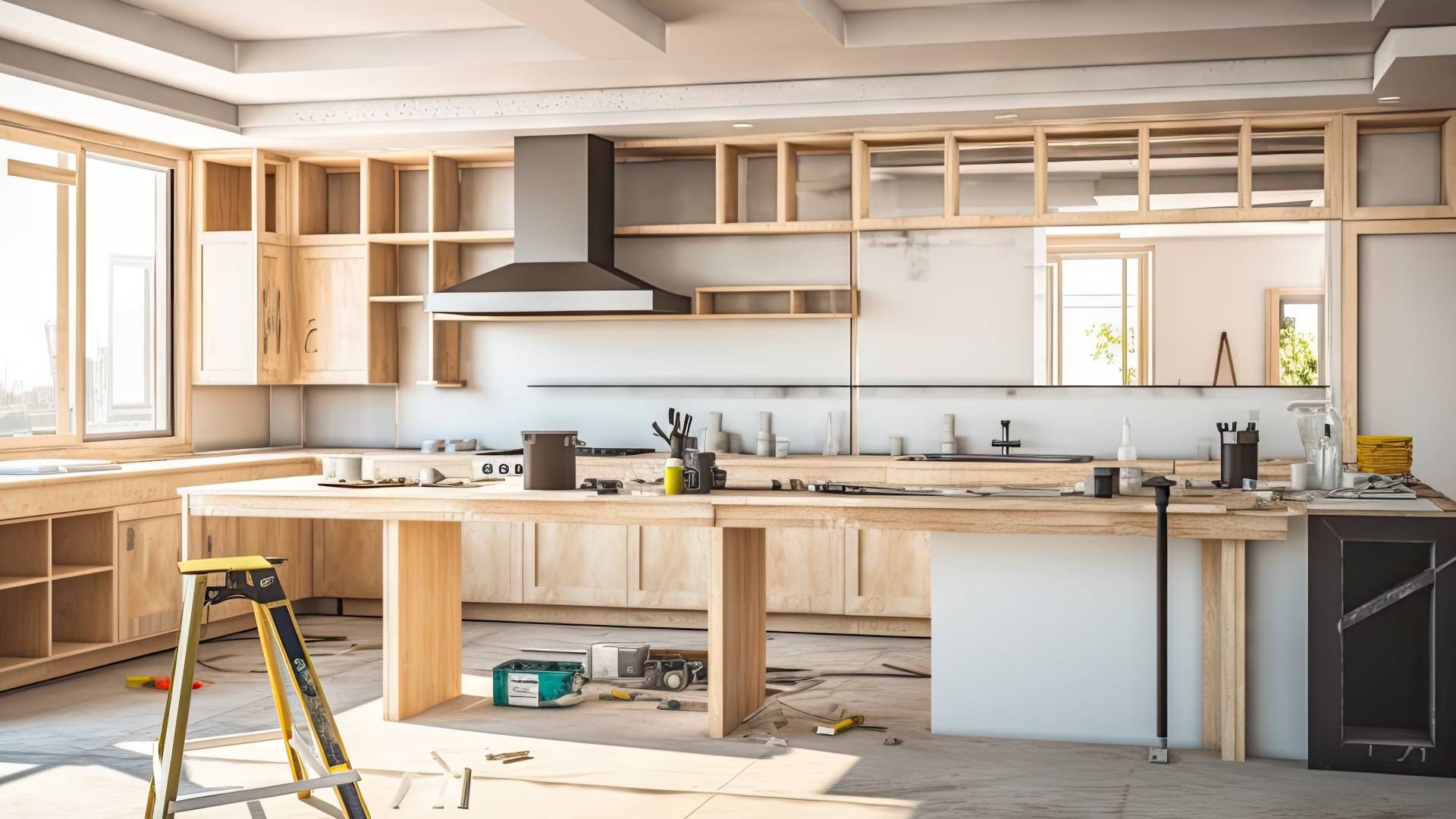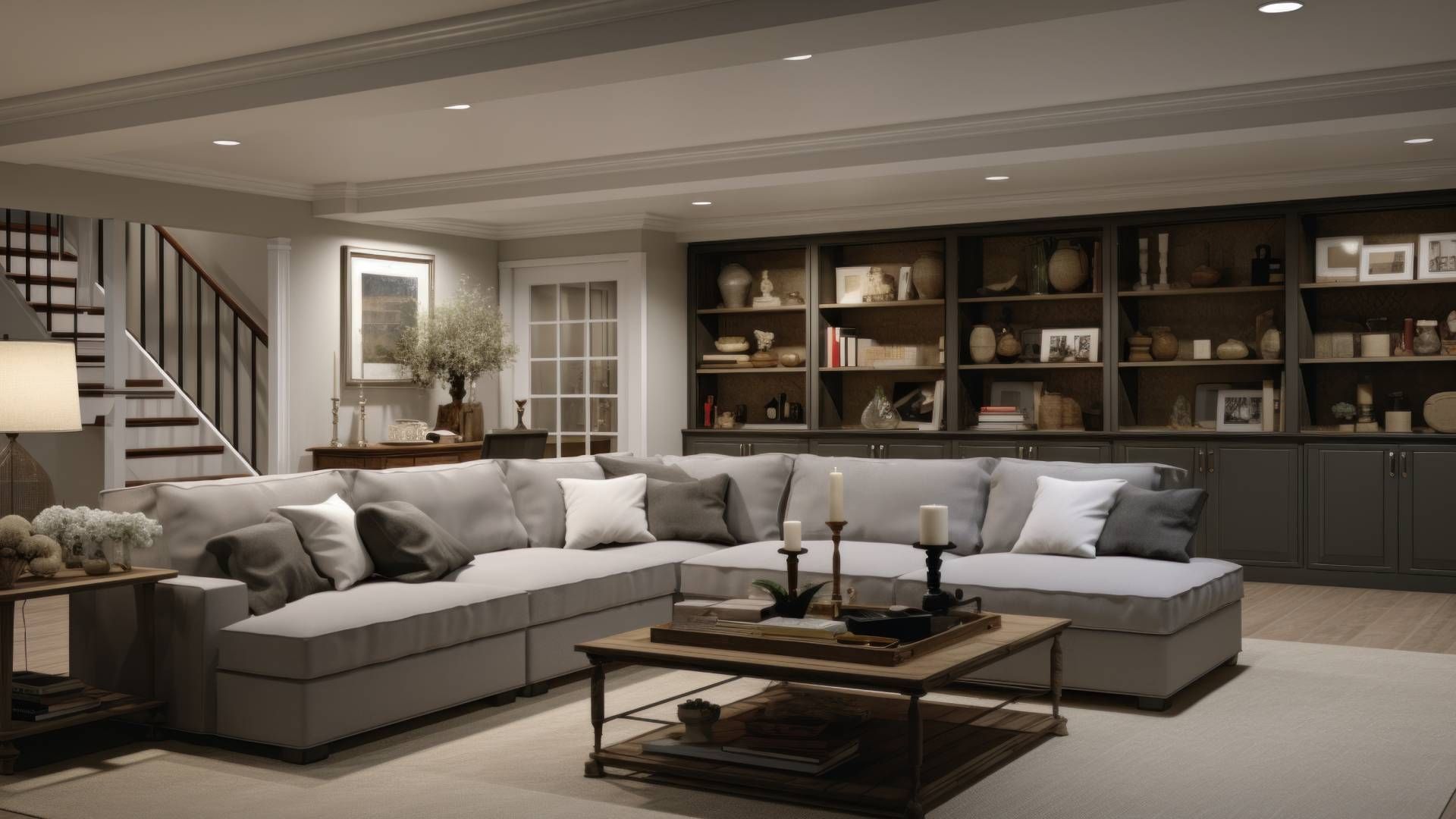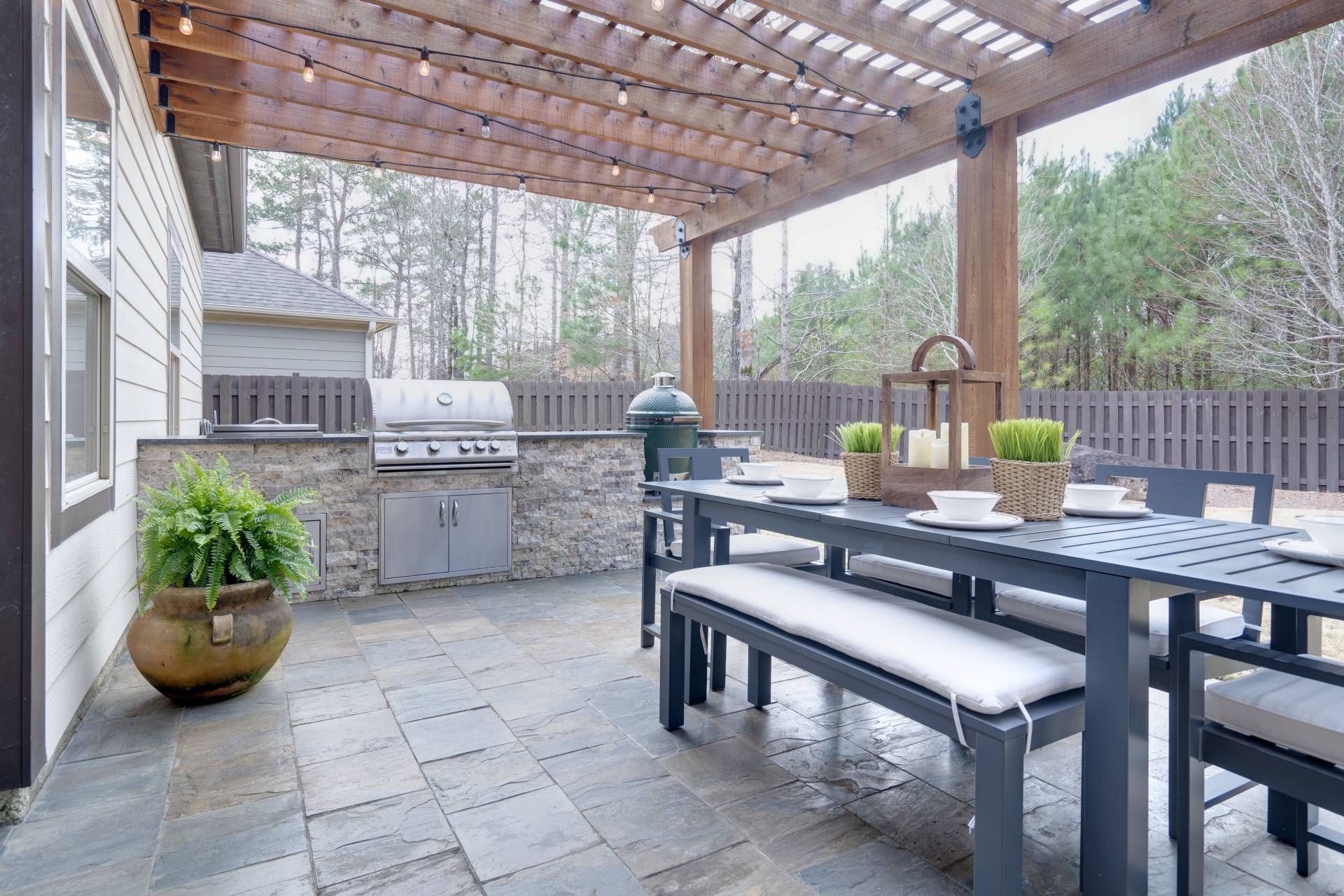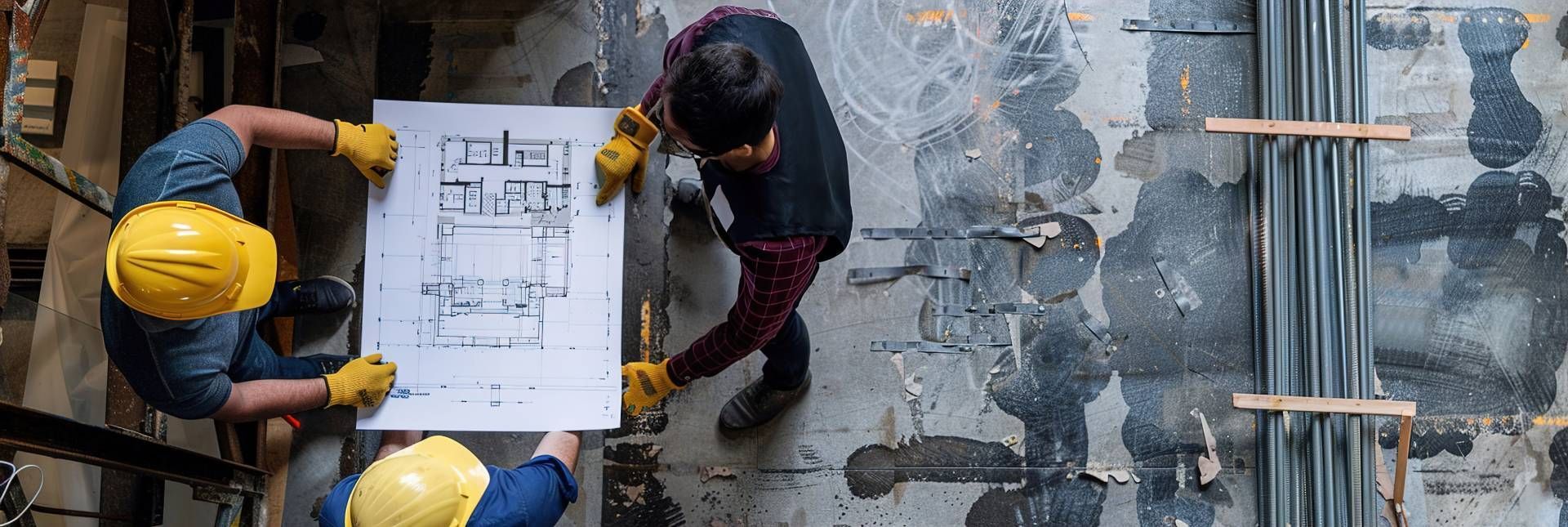What To Consider When Adding Home Additions
Have you been considering adding an addition to your home? If so, our team at Anderson and Rodgers is here to help you throughout the entire process. There is a way to add an addition to your home without being one of those houses that suddenly sprouts an overpowering extension. It’s important to study your house’s scale, details, historic plans, and materials so that your addition flows and fits your current home’s style. Here are some things to consider when adding home additions.
Property Lines
Before you can plan or build anything, you must address restrictions and limitations first. Local code restrictions are the deciding factor when it comes to what and where you can build. First, identify where your property lines are and see what your building codes are for how close you can be to your neighbor’s house. You can’t build a structure that ends inches away from your neighbor. Consider property lines and other factors such as height restrictions, slope, location of utilities, and more.
Size Matters
If you’re considering an addition, it’s most likely because you want more space. However, don’t concentrate on gaining more square footage in the interior but instead, concentrate on the look of the exterior. Especially for older houses, you want the original structure to be center stage and the addition to be subordinate. Keep the new dimensions smaller than the original house and spend your money on all the fine details. This will help your house smoothly transition from the old to the new space and maintain the overall character. At the end of the day, we don’t want your addition to awkwardly stand apart from the house and keeping it the same character and look is the essential way to do that.
Budget and Value
The cost to add an addition will be different from one project to the next depending on where you live, size, and materials. As well as budget, you should calculate how much extra value will be added due to an addition. More specifically, your newly anticipated ROI. This can be determined with the help of your real estate agent and can make a big difference if you ever want to sell your house. There are certain additions that yield more than others so it’s worth knowing before you begin planning.
All of these topics discussed are important to consider and research before you add an addition to your home. Planning an addition can be daunting, but don’t stress. Our team would love to sit down and help you plan an addition that fits your wants, needs, and budget! You can visit us at one of our locations located in Lexington, KY or Cincinnati, OH and we proudly serve the surrounding areas of the greater Lexington, Cincinnati, and Central Kentucky areas including Versailles, Georgetown, Richmond, Winchester.
/////////////////////////////////////////////////////////////////////////////////////////////////////
Have you been considering adding an addition
to your home? If so, our team at Anderson and Rodgers
is here to help you
throughout the entire process. There is a way to add an addition to your home
without being one of those houses that suddenly sprouts an overpowering
extension. It’s important to study your house’s scale, details, historic plans,
and materials so that your addition flows and fits your current home’s style.
Here are some things to consider when adding home additions.
/////////////////////////////////////////////
Have you been considering adding an addition to your home? If so, our team at Anderson and Rodgers is here to help you throughout the entire process. There is a way to add an addition to your home without being one of those houses that suddenly sprouts an overpowering extension. It’s important to study your house’s scale, details, historic plans, and materials so that your addition flows and fits your current home’s style. Here are some things to consider when adding home additions.
Property Lines
Before you can plan or build anything, you must address restrictions and limitations first. Local code restrictions are the deciding factor when it comes to what and where you can build. First, identify where your property lines are and see what your building codes are for how close you can be to your neighbor’s house. You can’t build a structure that ends inches away from your neighbor. Consider property lines and other factors such as height restrictions, slope, location of utilities, and more.
Size matters
If you’re considering an addition, it’s most likely because you want more space. However, don’t concentrate on gaining more square footage in the interior but instead, concentrate on the look of the exterior. Especially for older houses, you want the original structure to be center stage and the addition to be subordinate. Keep the new dimensions smaller than the original house and spend your money on all the fine details. This will help your house smoothly transition from the old to the new space and maintain the overall character. At the end of the day, we don’t want your addition to awkwardly stand apart from the house and keeping it the same character and look is the essential way to do that.
Budget and Value
The cost to add an addition will be different from one project to the next depending on where you live, size, and materials. As well as budget, you should calculate how much extra value will be added due to an addition. More specifically, your newly anticipated ROI. This can be determined with the help of your real estate agent and can make a big difference if you ever want to sell your house. There are certain additions that yield more than others so it’s worth knowing before you begin planning.
All of these topics discussed are important to consider and research before you add an addition to your home. Planning an addition can be daunting, but don’t stress. Our team would love to sit down and help you plan an addition that fits your wants, needs, and budget! You can visit us at one of our locations located in Lexington, KY or Cincinnati, OH and we proudly serve the surrounding areas of the greater Lexington, Cincinnati, and Central Kentucky areas including Versailles, Georgetown, Richmond, Winchester.

